Extreme Heat: Don’t Let Summer Be a Bummer
 Print This Post
Print This Post
By Luz Ballesteros Gonzalez and Darron Gaus, NCAT Agriculture Specialists
As we head into summer, this gem from our archives can help you manage extreme heat on your farm, keeping animals and workers safe, as well as increase your operation’s resiliency.
Farmers and ranchers are weather watchers—we begin the day by turning on the local news or checking our apps for the weather highs, humidity, and chances of rain. A lot of us have noticed that temperatures are getting higher, for longer periods of time, and come with little or no rain. Here in Texas, summer is in full swing and most of us are seeing consistent 90+ degree temperatures, with no signs of it stopping until we get into October. NCAT’s Climate and Agriculture Program Manager, Elise Haschke, and our Climate Solutions team focus on these historical trends and future projections linking agriculture and climate disruption. You can read more in our Climate Primer.
The increasing heat causes stress for all of us. There are steps we can take to not only keep you, your staff, and your animals safe, but also to help mitigate climate change and have a more resilient agricultural operation.
This extreme heat has an impact on anyone working outside. When the weather is constantly 90+ degrees and people are outside for prolonged periods of time, the risk of getting a heat-related illness increases. According to the National Center for Health and Statistics, heat-related deaths in the U.S. have increased since 2020 and are projected to continue increasing as prolonged days of heat are a direct result of increasing global temperatures and adapting jet streams that trap hot air in heat domes.
Heat-related illnesses are sneaky, especially when you have stuff to get done. These are the signs and actions you need to take in the event of a heat-related illness:
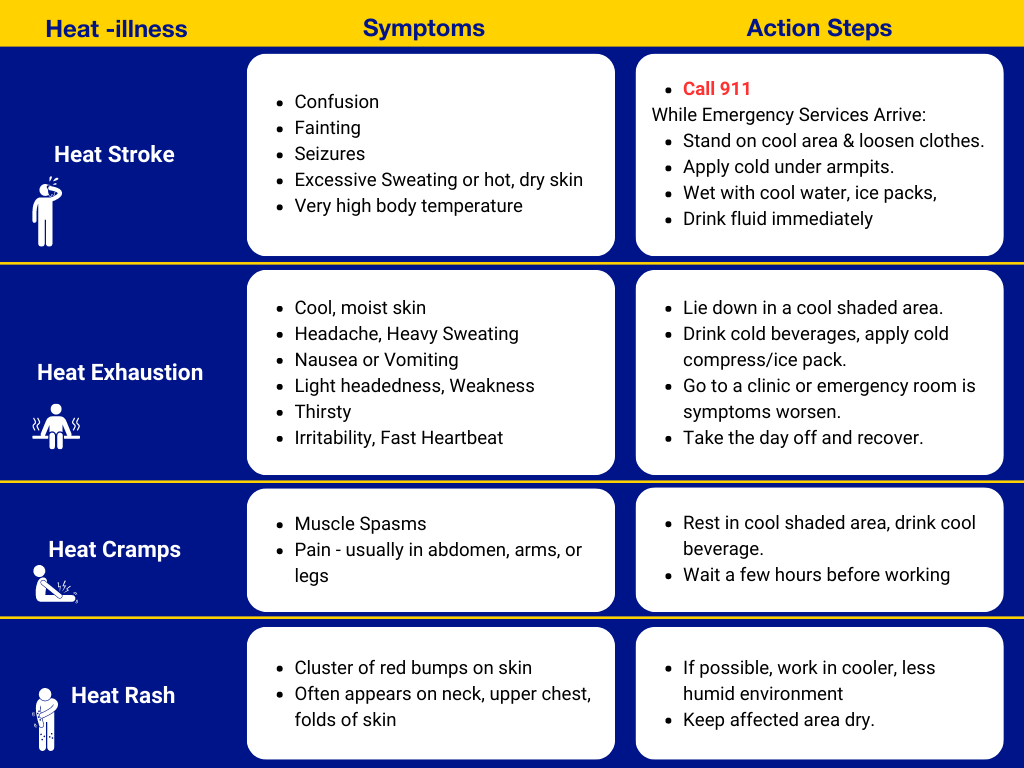
Adapted from OSHA Occupational Heat Exposure Table
It is important to take preventative measures and encourage friends and staff to do the same. The best way to prevent heat-related illness is to stay hydrated; wear loose, breathable clothing; and take breaks in the shade or an air-conditioned area. Avoid the hottest hours of the day and wear sun- protective gear, such as long- sleeve shirts, sunblock, and hats. Sometimes it is not feasible to implement all preventative measures, so make sure you have an emergency plan in the event you, your friends, or staff experience signs of heat illness.
Just like us, livestock and plants need extra care during these longer periods of higher temperatures. Livestock performance goes down. Cows spend more time dealing with stress than they do consuming daily rations. Plants lose water faster through their pores than they can uptake from the soil. The resources listed below can give you good guidance on when you need to start planning and looking for signs of heat stress.
Providing water and shade are the best adaptations to climate change. Incorporating silvopasture into your operation is a great way to provide livestock with critical shade and shelter while also bringing more carbon into the agroecosystem. Some animals and plants are better adapted for certain climates, so choosing those breeds and varieties is important, especially when first starting a new enterprise. If you care for any fowl, looking at their rear-end feathers and any signs of poop sticking to them will help know if they need electrolytes added to their water supply. Problems tend to compound as heat stress becomes more prevalent, due to rising temperatures and intensifying drought.
Luckily, there are ways to start making a change to reduce the impacts of climate change and build resilience. The carbon dioxide and other greenhouse gases that are accumulating in our atmosphere and raising average temperatures each year can be reduced or sequestered in our farming and ranching practices. There are many Climate Beneficial Practices that can pull carbon dioxide out of the atmosphere and convert solar energy into the liquid carbon pathway beneath our feet. Carbon is the life blood of everything we grow as producers. Focusing on soil health principles increases temporary and long-term carbon in the agroecosystem and improves the health of plants, animals, and humans. Additionally, adopting conservation practices like agroforestry can help create cooler microclimates that benefit both livestock and people.
Tell us how you are beating the Summer Bummers and taking part in mitigating the effects of climate on our Forum. Reach out to luzb@ncat.org or darrong@ncat.org if you have any questions on your journey or want to learn how you can have a positive impact on climate change while making your operation more resilient.
Related ATTRA Resources:
Other Resources:
Heat Stress Indices for Livestock, Iowa State University
Heat Stress in Cattle, Texas A&M University
National Center for Health Statistics
USDA Southern Plains Climate Hub
This blog is produced by the National Center for Appropriate Technology through the ATTRA Sustainable Agriculture program, under a cooperative agreement with USDA Rural Development. ATTRA.NCAT.ORG.

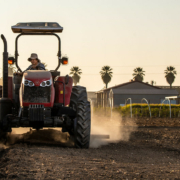 USDA
USDA


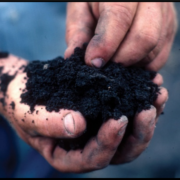
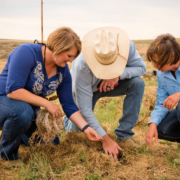
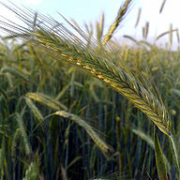 Wikimedia Commons, LSDSL
Wikimedia Commons, LSDSL
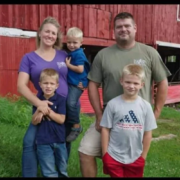
 Courtesy Kathy Solder
Courtesy Kathy Solder